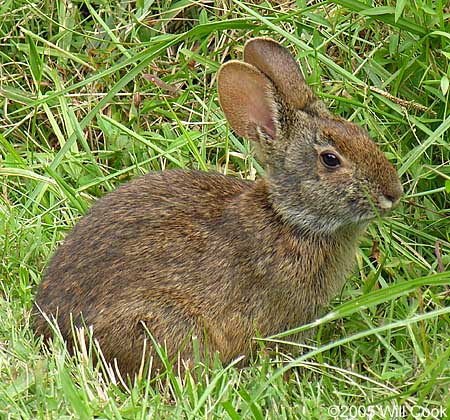|
| Distribution |
In NC, it ranges throughout the Coastal Plain, and sparingly into the extreme eastern edge of the Piedmont (mainly in the Falls Lake and Jordan Lake areas).
A fairly small range, occurring essentially only in the Coastal Plain, from southeastern VA to the Gulf Coast only as far west as AL. |
| Abundance |
Common in the lower Coastal Plain (mainly in the Tidewater counties), but much less common farther inland (uncommon); rare at the eastern edge of the Piedmont. Likely not common in the Sandhills portion of the Coastal Plain. Seems to have declined in recent years, as there are very few iNaturalist photos away from coastal counties. The editors suggest a slight change in the State Rank from the common S5 to a slightly less numerous S4. |
| Seasonal Occurrence |
Active year-round. |
| Habitat |
Restricted to wetlands, both forested and non-forested -- marshes and swamps are preferred, but may occur in bottomlands. It occurs on barrier islands, where it is very numerous in brackish marshes (as opposed to salt marshes). |
| Behavior |
Active mainly at night, but can be seen during the day, as well. Not surprisingly, it is a good swimmer, often escaping by water instead of over land. |
| Comments |
In the exterme eastern Piedmont, it occurs almost solely along several major river floodplains -- the Neuse and the Cape Fear, where it has been seen in the wetland forests above both Jordan Lake and Falls Lake. Both this species and the Eastern Cottontail can be seen "together" alongside NC 12 on the Outer Banks, at the edges of marshes. |
| Origin |
Native |
| NC List |
Official |
 State Rank State Rank |
S5 [S4] |
| State Status |
|
 Global Rank Global Rank |
G5 |
| Federal Status |
|
| subspecies |
Sylvilagus palustris palustris |
| other_comName |
|
| synonym |
|



